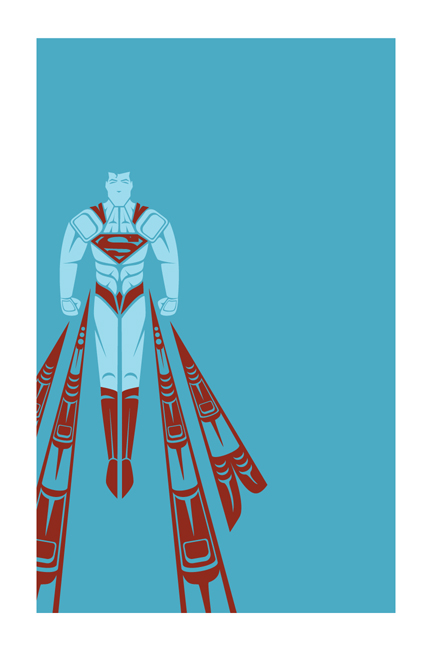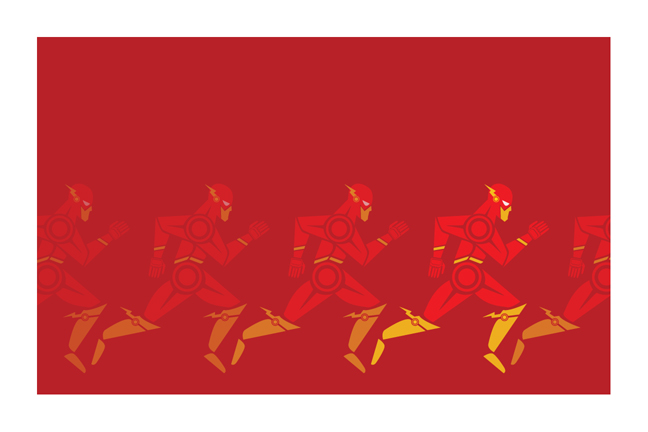By Micheal Rios, Tulalip News
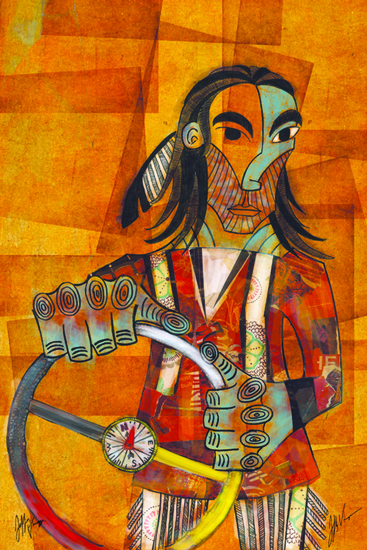
Photo courtesy of Jeffrey Veregge
Recently, the Seattle Art Museum presented PechaKucha Seattle volume 63, titled Indigenous Futures. PechaKuchas are informal and fun gatherings where creative people get together and present their ideas, works, thoughts – just about anything, really – in fun, relaxed spaces that foster an environment of learning and understanding. It would be easy to think PechaKuchas are all about the presenters and their presentation, but there is something deeper and a more important subtext to each of these events. They are all about togetherness, about coming together as a community to reveal and celebrate the richness and dimension contained within each one of us. They are about fostering a community through encouragement, friendship and celebration.
The origins of PechaKucha Nights stem from Tokyo, Japan and have since gone global; they are now happening in over 700 cities around the world. What made PechaKucha Night Seattle volume 63 so special was that it was comprised of all Native artists, writers, producers, performers, and activists presenting on their areas of expertise and exploring the realm of Native ingenuity in all its forms, hence the name Indigenous Futures.
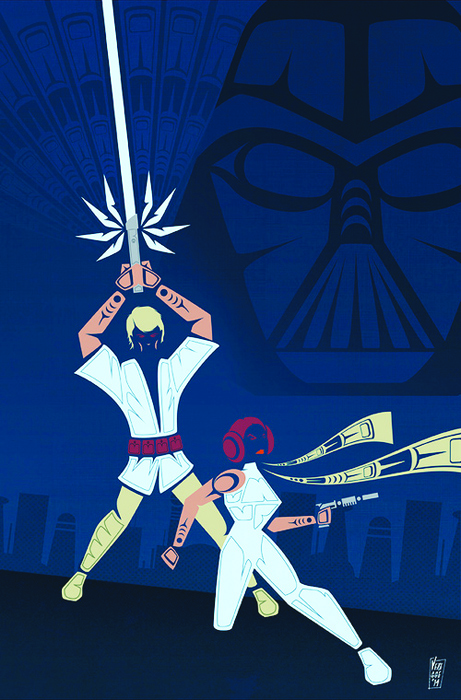
photo courtesy of Jeffrey Veregge
Jeffrey Veregge is an award winning Native American comic book artist from the Port Gamble S’Klallam Tribe in Kingston, Washington. His work uses Coastal Salish and contemporary graphic design techniques that created the look dubbed ‘Salish Geek’ by his creative peers. Along with his work for IDW Publishing, he has appeared in numerous websites and publications such as Fast Company Magazine, Cowboys and Indians, and Wired Magazine. His works and commissions are part of some prestigious collections located at Yale University, Washington State University, The Burke Museum and the Seattle Art Museum. He’s also the pop and nerd culture contributor for Indian Country Today Media, where he is known as NDN Geek.
“A member of the Port Gamble S’Klallam Tribe, I was raised and spent a majority of my life on our reservation known locally as Little Boston, which is located near Kingston, Washington. Although I am enrolled there, I am also both of Suquamish and Duwamish ancestry,” says Veregge. “I am an honor graduate from the Art Institute of Seattle, and I have had the privilege to study with Tsimshian master carver David Boxley for a short time learning the basics of Salish form-line design.
“For the past 10 years I have been employed as Lead Designer/Studio Manager for a media agency that specializes in non-profits. My work is a reflection of a lifetime love affair with comic books, toys, TV and film; taking my passions and blending them with my Native perspective.”
Veregge has been an artist since the moment he was able to hold his first action figure and create stories of his childhood superheroes on paper with whatever art utensils were available. That creative fire and passion for superheroes and comics never faded and eventually led him to the Seattle Art Institute where he studied industrial design technology. Later, he was fortunate to study with Boxley to learn the basics of Salish form line design, a traditional style that influenced the superhero comics yet to come.
After graduating from the Seattle Art Institute, Veregge had a great job at an advertising agency for eleven years. Working in advertising allowed him to tap into his creative side, but the Native artist within wasn’t satisfied, he needed something more. He went to art school to be an artist and to have fun, not to have his inner artist constrained by the everyday politics of advertising. Being an artist wasn’t just to sell art and make money for Veregge, it meant having fun, it meant viewing a blank piece of paper as a magical canvas to express the imagination of a cluttered mind of a Native American who loves comics, movies, Sci-Fi, and action figures. So he left the advertising agency and embarked on an artist’s mission to create something truly unique. The search for a new, personal and bold direction in his work resulted in Veregge creating Native Superhero comics
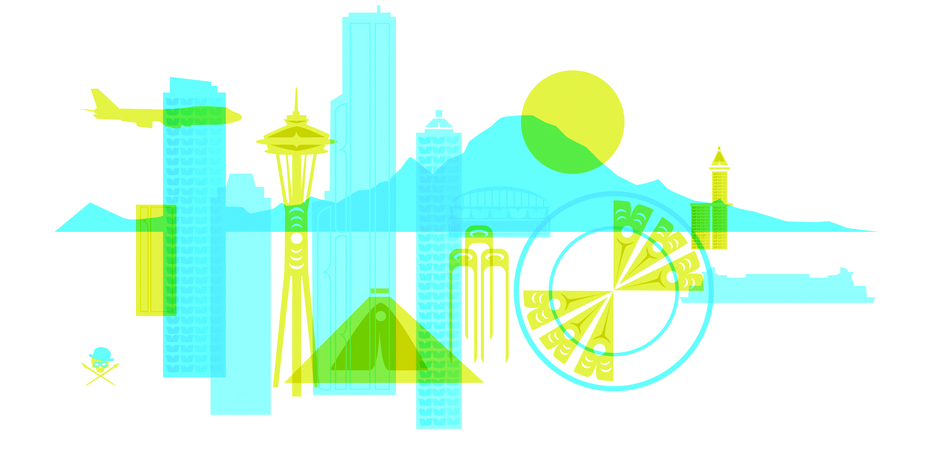
photo courtesy of Jeffrey Veregge
“For me it wasn’t just trying to create art as a geek or nerd, but as a Native I felt like I had something unique to offer,” Veregge says. “That’s my appreciation for all art and design, my passion for heroes, robots, aliens and monsters, and my pride in where I came from.
“My origins are not supernatural, nor have they been enhanced by radioactive spiders. I am simply a Native American artist and writer whose creative mantra in best summed up with a word from my tribe’s own language: ‘taʔčaʔx̣ʷéʔtəŋ’, which means ‘get into trouble’.”
Creating Native Superhero comics and the website jeffreyveregge.com is a reflection of a lifetime love affair with comic books, toys, TV and film. Taking his passions and blending them with his Native perspective, artistic background and the desire to simply be true to himself. The work he creates now takes who he is as a Native person, his love for graphic art and design, and his passions and blends them all together into a new art form that he loves and has fun creating.
“Basically I am just trying to have fun and get back to that kid that went to art school to begin with, wanting to create artwork that I want to see and make just for the hell of it,” describes Veregge of the bold new art he creates today. “There is a time and place for preserving the old ways, the traditions, but then there is the call for all artists to push the limits, find new ways to say things, and new stories to tell.”
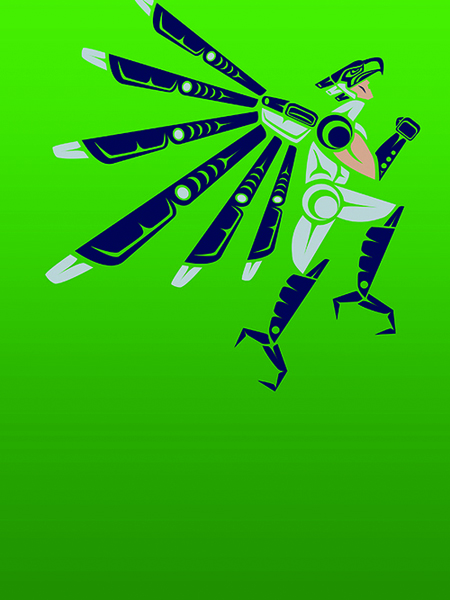
photo courtesy of Jeffrey Veregge
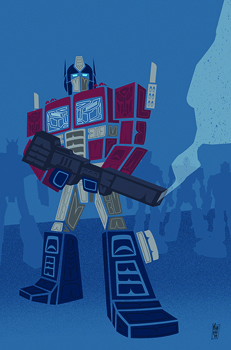
photo courtesy of Jeffrey Veregge
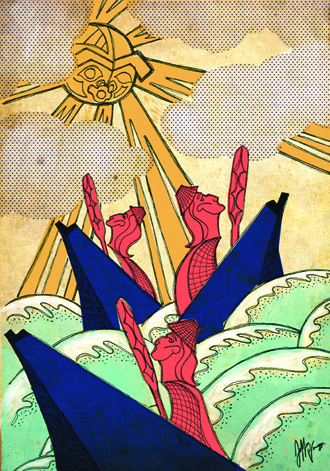
Contact Micheal Rios, mrios@tulaliptribes-nsn.gov


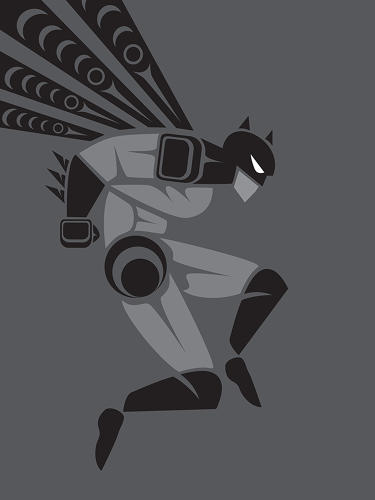 We all know Batman when we see him, but
We all know Batman when we see him, but 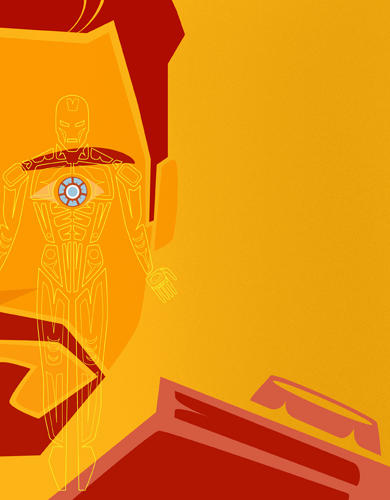 Now most of you will recognize Veregge’s superheroes, but what of their intricate lines? To understand the shapes behind Coast Salish, know that its best, grounding metaphor is that of dropping a pebble in calm water. With that framework in mind, you can recognize the prominent circles in the work, rippling out in half-moon crescents and trigons (shark-tooth-like abstract spears with three tips).
Now most of you will recognize Veregge’s superheroes, but what of their intricate lines? To understand the shapes behind Coast Salish, know that its best, grounding metaphor is that of dropping a pebble in calm water. With that framework in mind, you can recognize the prominent circles in the work, rippling out in half-moon crescents and trigons (shark-tooth-like abstract spears with three tips).
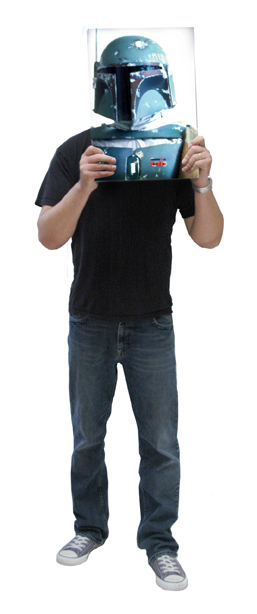 Jeffrey Veregge, a Port Gamble S’Klallam tribal member, has been creating art for most of his life. A few years ago, after exploring different art techniques, Jeffrey decided to mix two art forms he admires most, Salish form line with comic book super heroes and Sci-Fi. “I took what I like of Salish form line design, the elements and the spirit of it and decided to mix it with what I do as an artist and put my own take on it,” said Jeffrey about his latest art pieces.
Jeffrey Veregge, a Port Gamble S’Klallam tribal member, has been creating art for most of his life. A few years ago, after exploring different art techniques, Jeffrey decided to mix two art forms he admires most, Salish form line with comic book super heroes and Sci-Fi. “I took what I like of Salish form line design, the elements and the spirit of it and decided to mix it with what I do as an artist and put my own take on it,” said Jeffrey about his latest art pieces.